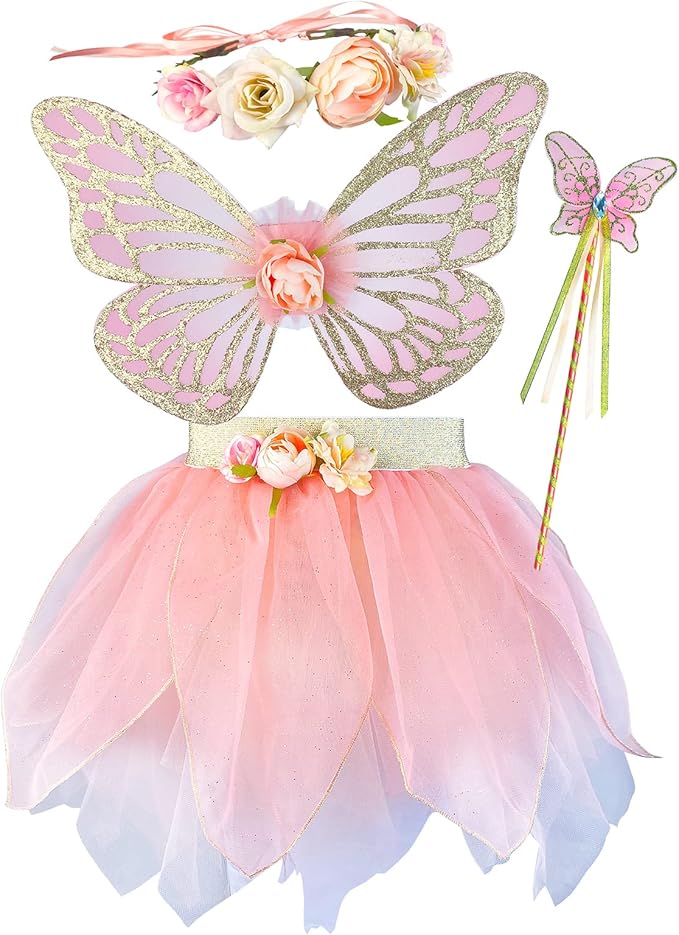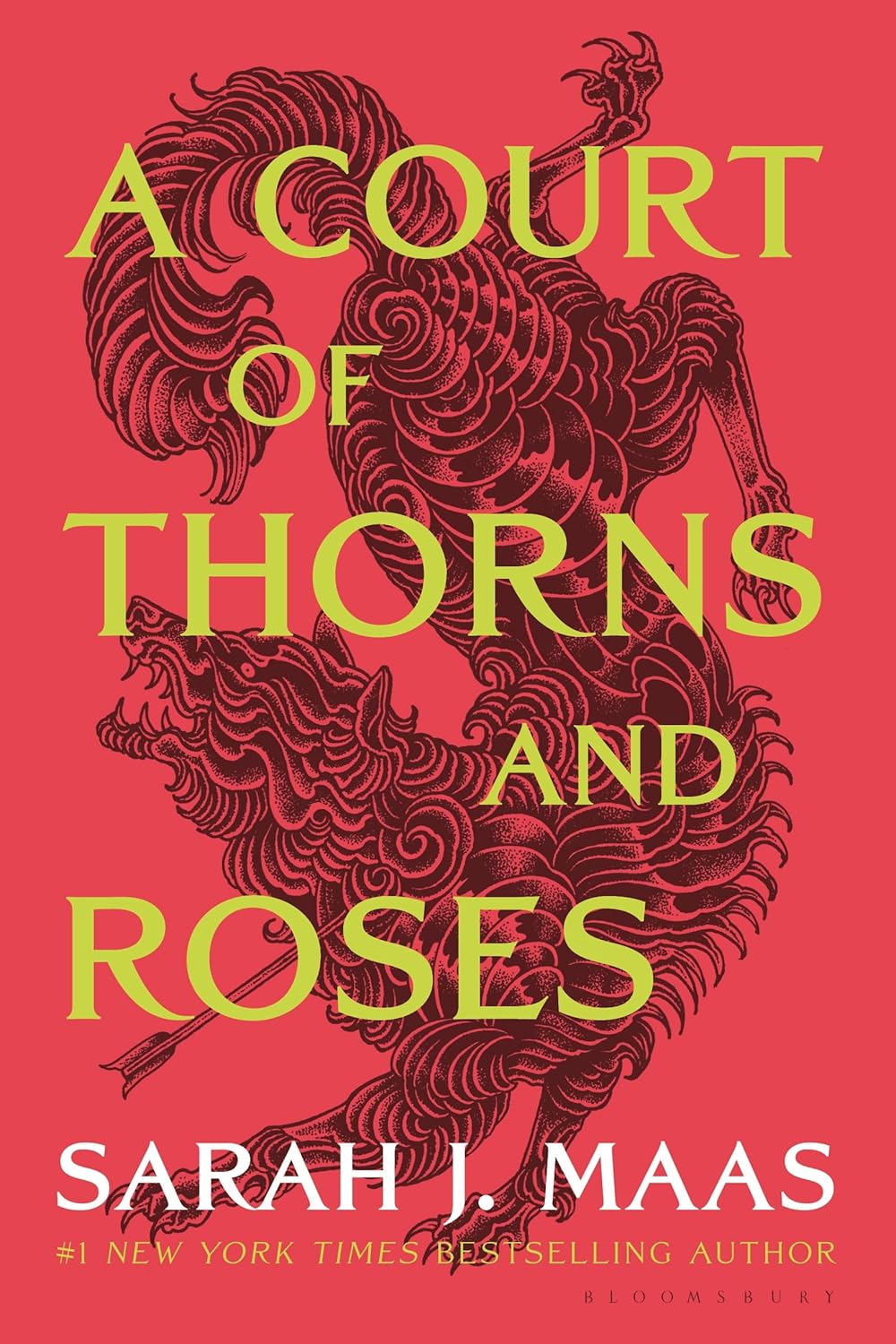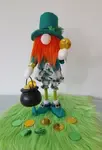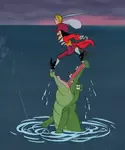- Home
- Fairy Blog
- Fairy Cakes
- Fairy Quotes
- Safety Dance
- The Flower Fairies Books
- What is a Fairy?
- Are Fairies Real?
- Elemental Fairies
- Faeries
- What are the Fae?
- Fae Fantasy Books
- Fairy History
- Origin of Fairies
- Fairies in Folklore
- Pixies
- Pixie Fairy Differences
- Gothic Fairies
- Tooth Fairy
- Fairy Festivals
- Fairy Gardens
- Fairy Garden Accessories
- Fairy Circles
- Fairy Forests
- Fairy Poems
- Fairy Tales
- Fairy Tale Origins
- Classic Fairy Tales
- 24 Fairy Tales
- Fairy Tales around the World
- About Fantasy Creatures
- Dragons
- Dwarves
- Elves
- Gnomes
- Leprechauns
- Mermaids
- Unicorns
- Fairy Face Painting
- Fairy Costumes for Kids
- Free Fairy Art
- Fairy Coloring Pages
- Fairy Crafts For Kids
- Chinese Dragon Art
- How to Draw a Dragon
- Chinese Dragon Drawing
- Dragon Coloring Pages
- Fairy Tattoo Ideas
- About Us
- Contact Us
- Disclaimer
- Privacy Policy
Hans Christian Andersen Fairy Tales
Hans Christian Andersen Fairy Tales (1805-1875)
Hans Christian Andersen was a Danish author, poet, and playwright, best known for his fairy tales. Born in Odense, Denmark, Andersen came from a humble background and struggled with poverty during his early life. He moved to Copenhagen at the age of 14 to pursue his education and artistic ambitions.
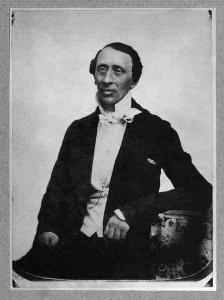
Adorable Fairy Costume Set!
Includes a fairy tutu, wing, wand and flower halo - perfect for parties, dress-up play, pageants and so on.
CLICK HERE for the best price!
Hans Christian Anderson
Fairy Tales
Hans Christian Andersen Fairy Tales have become an integral part of world literature, appealing to both children and adults alike. His stories often convey moral lessons and are characterized by elements of fantasy, tragedy, and humor.
Some of his most famous works include
- "The Emperor's New Clothes"
- "The Snow Queen."
These tales have been translated into over 150 languages and have inspired countless adaptations, including films, plays, and ballets.
Hans Christian Andersen Fairy Tales
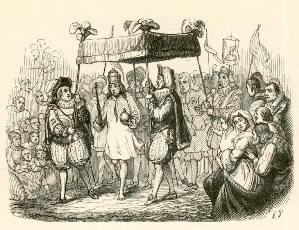
The Emperor's New Clothes (1837)
A vain emperor is obsessed with clothing, and hires two swindlers who claim to weave the most beautiful clothes that are invisible to those who are stupid or unfit for their positions.
The emperor, not wanting to appear foolish, pretends to see and admire the non-existent clothes. He parades through the town, and the townspeople, also afraid to appear foolish, pretend to see the clothes as well.
Finally, a child blurts out that the emperor is wearing nothing at all, exposing the truth to everyone.
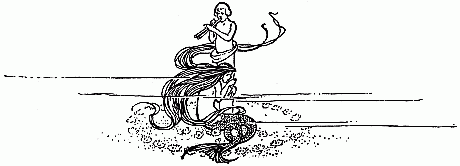
- "The Little Mermaid" (1837)
Ariel, the youngest of six mermaid princesses, falls in love with a human prince she saves from a shipwreck. Desperate to be with him, she makes a deal with a sea witch to exchange her beautiful voice for legs.
The prince becomes fond of her but never realizes she is the one who saved him. He marries another woman, and as a result, Ariel is faced with the choice of killing the prince to regain her mermaid form or turning into sea foam. She chooses the latter, but her selflessness transforms her into a spirit of the air. (This is one of Hans Christian Andersen's Fairy Tales - probably the most famous of all)
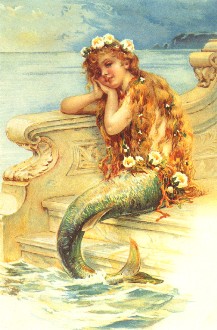
- The Tinderbox (1835)
A penniless soldier returning from war encounters an old witch who asks him to retrieve a magical tinderbox from a hollow tree. Inside the tree, he finds three chambers guarded by three monstrous dogs, each with a treasure chest.
The soldier takes the tinderbox and some gold coins, but later learns that each time he strikes the tinderbox, one of the monstrous dogs appears to serve him. He uses the power of the tinderbox to win the love of a princess, overthrow the cruel king, and eventually becomes the ruler himself.
- "The Steadfast Tin Soldier" (1838)
A one-legged tin soldier falls in love with a paper ballerina. Through various misadventures, he ends up in a paper boat, swallowed by a fish, and finally reunited with the ballerina. A gust of wind knocks them into a fire, and they perish together, leaving behind a tin heart and a tattered paper rose.
- "The Wild Swans" (1838)
A princess named Elisa must save her eleven brothers, who have been turned into swans by their wicked stepmother. To break the spell, she must knit sweaters from nettles without speaking a word for six years. She is accused of witchcraft and sentenced to burn at the stake, but at the last moment, she completes her task, and the brothers regain their human forms.
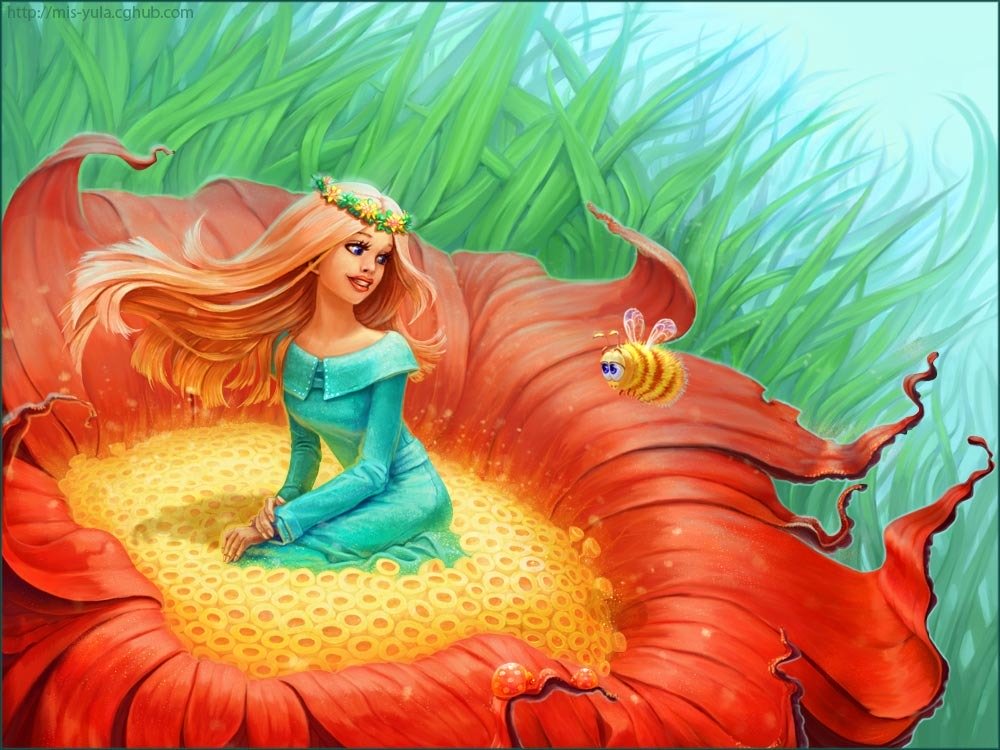
- "Thumbelina" (1835)
Born from a magical seed, Thumbelina is a tiny girl who embarks on a series of adventures. She is kidnapped by a toad, a beetle, and a mole, but her kind nature and bravery win her friends along the way. In the end, she marries a flower prince and finds happiness in her new life.

- "The Princess and the Pea" (1835)
A prince searches for a true princess to marry. One rainy night, a girl arrives at the castle claiming to be a princess. The queen places a pea under a pile of mattresses to test her claim. The girl's sensitivity to the pea proves her royalty, and the prince and the princess marry.
- "The Little Match Girl" (1845)
On a freezing New Year's Eve, a poor girl tries to sell matches but cannot find any buyers. She lights the matches to keep warm, experiencing beautiful visions of warmth and happiness with each one. In the end, she sees her late grandmother, who takes her to heaven, where she finds warmth and love forever.
- "The Snow Queen" (1844)
The story follows Gerda, a young girl, on her quest to save her friend, Kai, who has been kidnapped by the cold-hearted Snow Queen. During her journey, Gerda encounters various magical beings and overcomes many obstacles. In the end, her love and determination break the Snow Queen's icy spell over Kai, and the two friends return home, having grown and matured through their experiences.
- "The Nightingale" (1843)
In ancient China, the emperor hears of a beautiful nightingale whose song has enchanted the entire kingdom. He orders the bird to be brought to him, but when he receives a mechanical nightingale, he loses interest in the real one, which flies away.
Later, the emperor falls gravely ill, and the real nightingale returns to sing a song that heals him. The emperor realizes the true beauty and value of the living nightingale over the artificial one. This one the lesser known of Hans Cristian Andersen Fairy Tales.
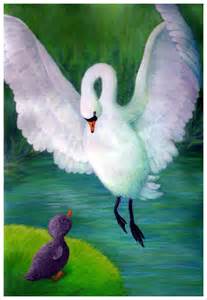
- "The Ugly Duckling" (1843)
A mother duck hatches a brood of ducklings, but one is much larger and less attractive than the others. This "ugly duckling" is teased and ostracized by his siblings and other animals. After a long, lonely winter, the ugly duckling sees a group of swans and decides to join them, expecting to be ridiculed or attacked.
Instead, he sees his reflection in the water and realizes he has grown into a beautiful swan. He is accepted by the other swans and finally finds a place where he belongs.

- "The Red Shoes" (1845)
Karen, a poor girl, becomes obsessed with a pair of red shoes, even though they are not suitable for church. She insists on wearing them, and the shoes take control of her, making her dance without stopping.
In desperation, Karen asks a woodcutter to chop off her feet. As she repents, the shoes dance away with her severed feet, and she is finally free.
- "The Girl Who Trod on a Loaf" (1859)
Inge, a spoiled and ungrateful girl, steps on a loaf of bread to avoid getting her shoes dirty. As punishment, she sinks into a bog and enters a nightmarish underworld.
Here, she witnesses the suffering of those who have also been punished for their misdeeds. Inge must learn humility and empathy before she can return to the world above.
In conclusion, Hans Christian Andersen fairy tales are cherished for their imaginative storytelling, vivid characters, and profound themes. These stories have captured the hearts of readers for generations and continue to be retold and adapted across various mediums. Andersen's unique ability to weave enchanting tales that resonate with people of all ages has solidified his place as one of the most influential authors in the realm of fairy tales and children's literature.
You can read more about fairy tales here.
You can find our list of 24 different fairy tales here.
Book of the Month
The Best Selling Fae Fantasy Book! A great gift!
CLICK HERE for more information and best price!
Recent Articles
-
What are Fairy Circles?
Jan 13, 26 02:35 AM
Find out how fairy circles offer a fascinating glimpse into both folklore and science. Maybe, just maybe, there's a bit of magic there after all! -
Why Fairies? About Us
Jan 12, 26 03:54 AM
About Us; Why Fairies explains our background -
Peter Pan Characters, with their pictures and all about Neverland
Jan 11, 26 09:21 AM
The Peter Pan Characters in their home in Neverland and all the magic places where the story takes place. Pictures and Descriptions
